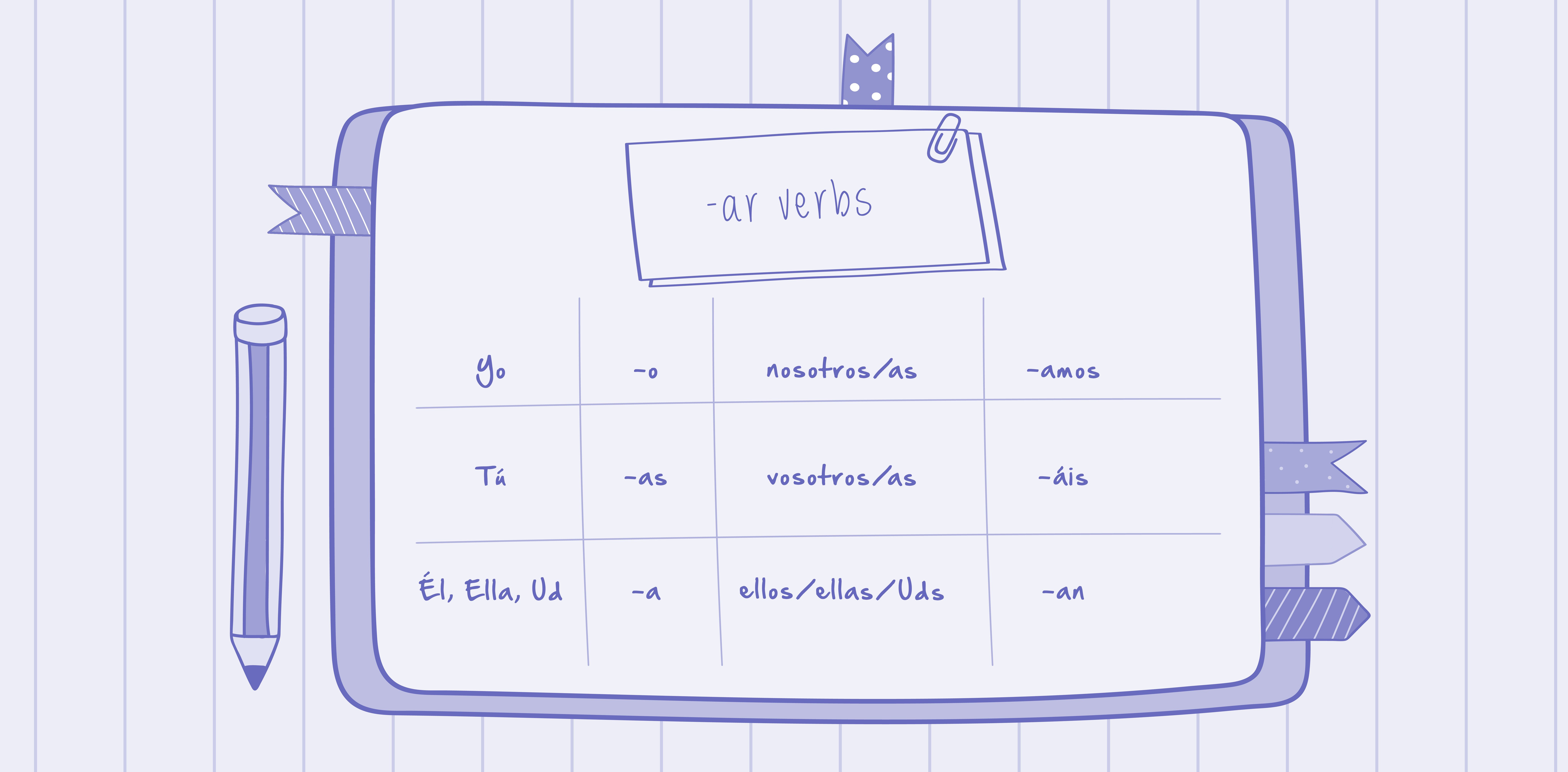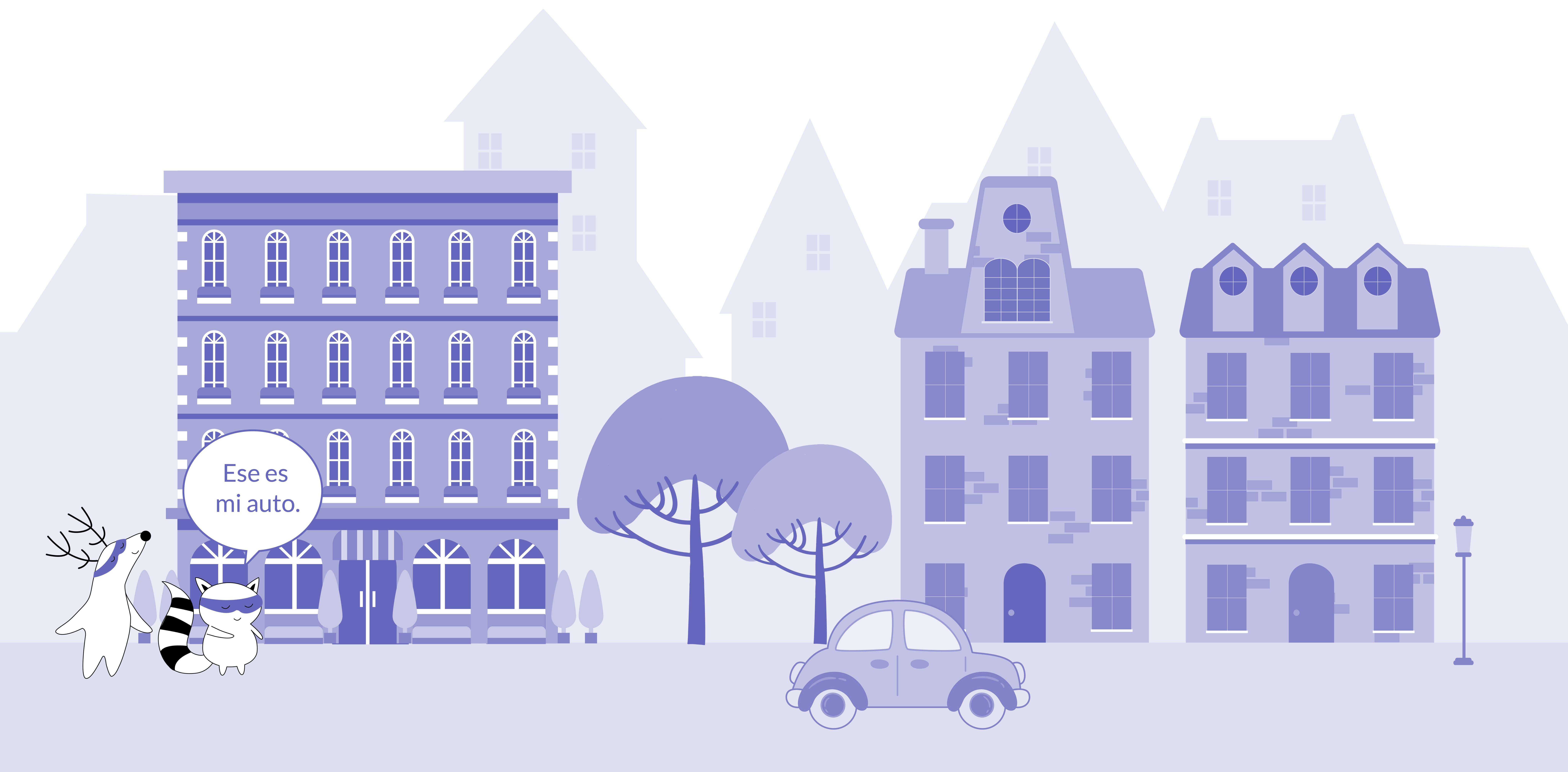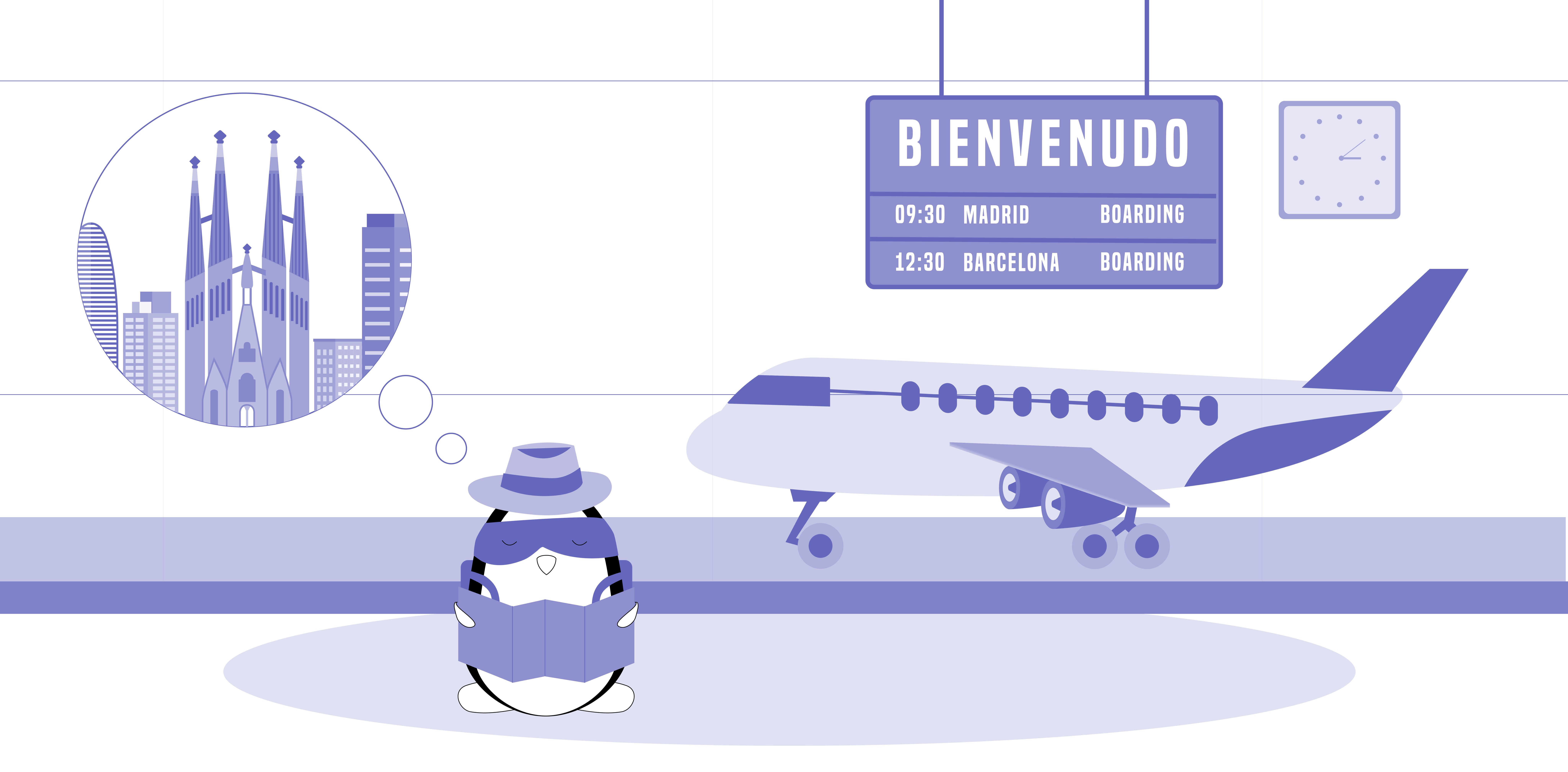
Embarking on a journey to learn a new language is an exhilarating experience. It opens doors to vibrant cultures, enriches our perspective, and creates meaningful connections with people worldwide.
Among the essential skills in any language, the art of greeting and expressing pleasure in meeting someone, such as saying ha sido un gusto, takes center stage.
As you delve into the world of Spanish, get ready to unlock a treasure trove of greetings that span from casual to formal. In this article, we'll equip you with some fundamental Spanish phrases for greetings.
But wait, there's more! We'll also dive deeper into the exciting realm of expressing "Nice to Meet You" (encantado de conocerte) in Spanish, empowering you to confidently initiate conversations and forge lasting connections.
Whether you're planning a trip to a Spanish-speaking country, expanding your language repertoire, or simply want to impress amigos and amigas, this guide will ignite your passion for learning Spanish and inspire you to embark on an unforgettable linguistic adventure.
Learn Spanish with Langster
Basic Spanish Greetings
Before we delve into expressing "Nice to Meet You" in Spanish, let's start with some common Spanish greetings:
| Example | Translation | Explanation |
|---|---|---|
| Hola | Hello | Used in both formal and informal settings. Can be used throughout the day. |
| Buenos Días | Good morning | Used to greet someone in the morning until around noon. |
| Buenas Tardes | Good afternoon | Used to greet someone in the afternoon until early evening. |
| Buenas Noches | Good evening/night | Used to greet someone in the evening or night. |
| Example | Translation | Explanation |
|---|---|---|
| Hola | Hello | Used in both formal and informal settings. Can be used throughout the day. |
| Buenos Días | Good morning | Used to greet someone in the morning until around noon. |
| Buenas Tardes | Good afternoon | Used to greet someone in the afternoon until early evening. |
| Buenas Noches | Good evening/night | Used to greet someone in the evening or night. |
If you'd like to expand your knowledge of Spanish greetings, you can have a look at our articles on how to say good morning in Spanish or how to wish buenas noches like a native speaker.
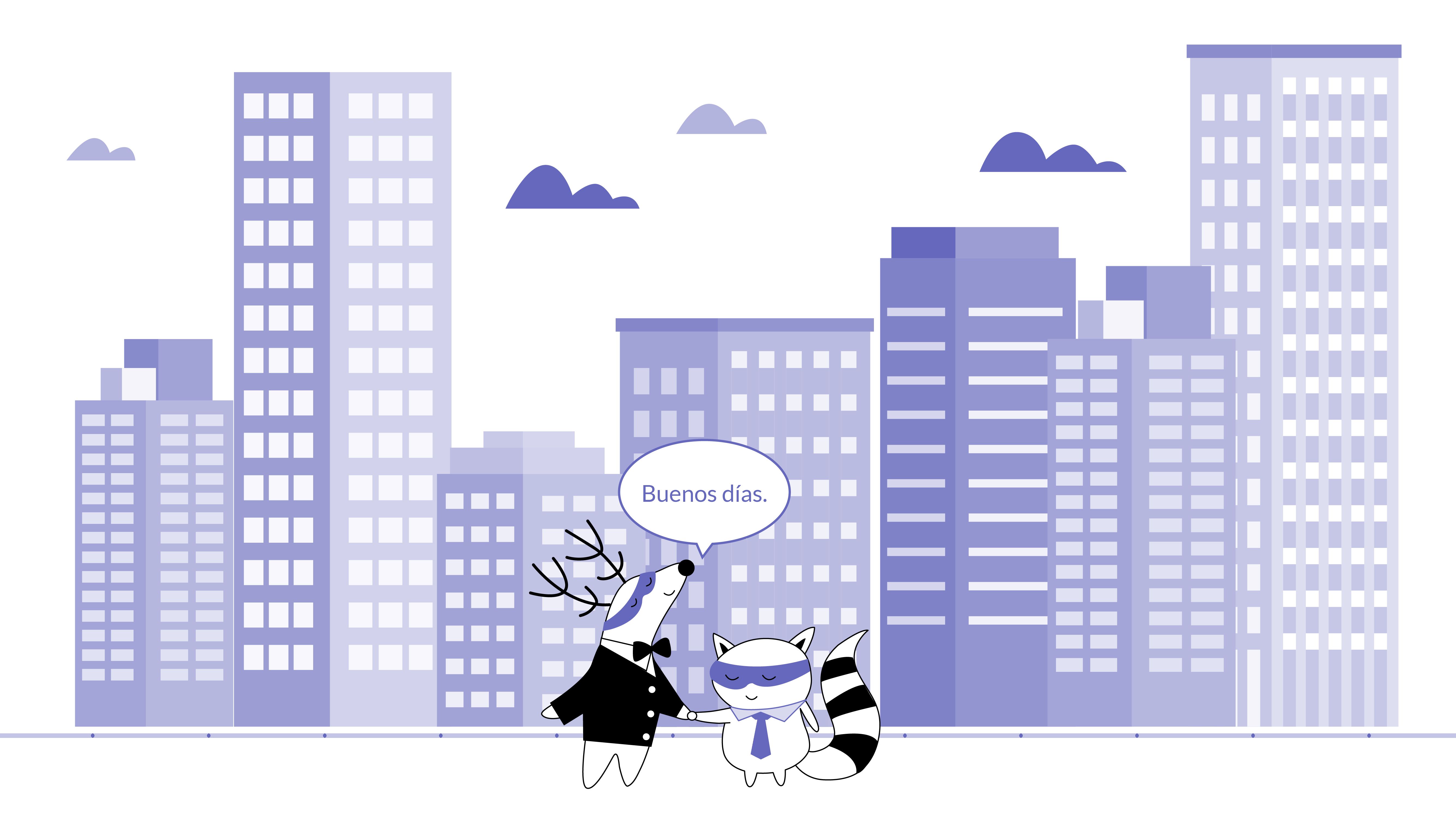
Now that we have covered the basic greetings, let's move on to expressing "Nice to Meet You" in Spanish. Here are a few commonly used phrases:
Mucho Gusto (Nice to meet you)
Mucho gusto or mucho gusto en conocerte is the most common and versatile way to express "Nice to meet you" in Spanish. It can be used in both formal and informal settings. Literally translating to "much pleasure" or "a lot of pleasure," it conveys your enthusiasm in meeting someone for the first time.
Formal Introduction
Imagine attending a business conference and being introduced to a potential client or business partner for the first time.
Spanish
English
Mucho gusto, soy María.
Nice to meet you, I am María.
El gusto es mío, soy Pedro.
The pleasure is mine, I am Pedro.
In this context, mucho gusto is used to express politeness and enthusiasm in a formal setting. It establishes a positive impression and shows respect for the other person.
Casual Introduction
Now, imagine you are at a social gathering, and your friend introduces you to one of their acquaintances.
Spanish
English
¡Hola! Mucho gusto, soy Andrés.
Hi! Nice to meet you, I am Andrés.
Igualmente, soy Laura.
Likewise, I am Laura.
Here, mucho gusto is used in a more casual setting. It helps create a friendly and welcoming atmosphere, showing that you are happy to meet the other person.
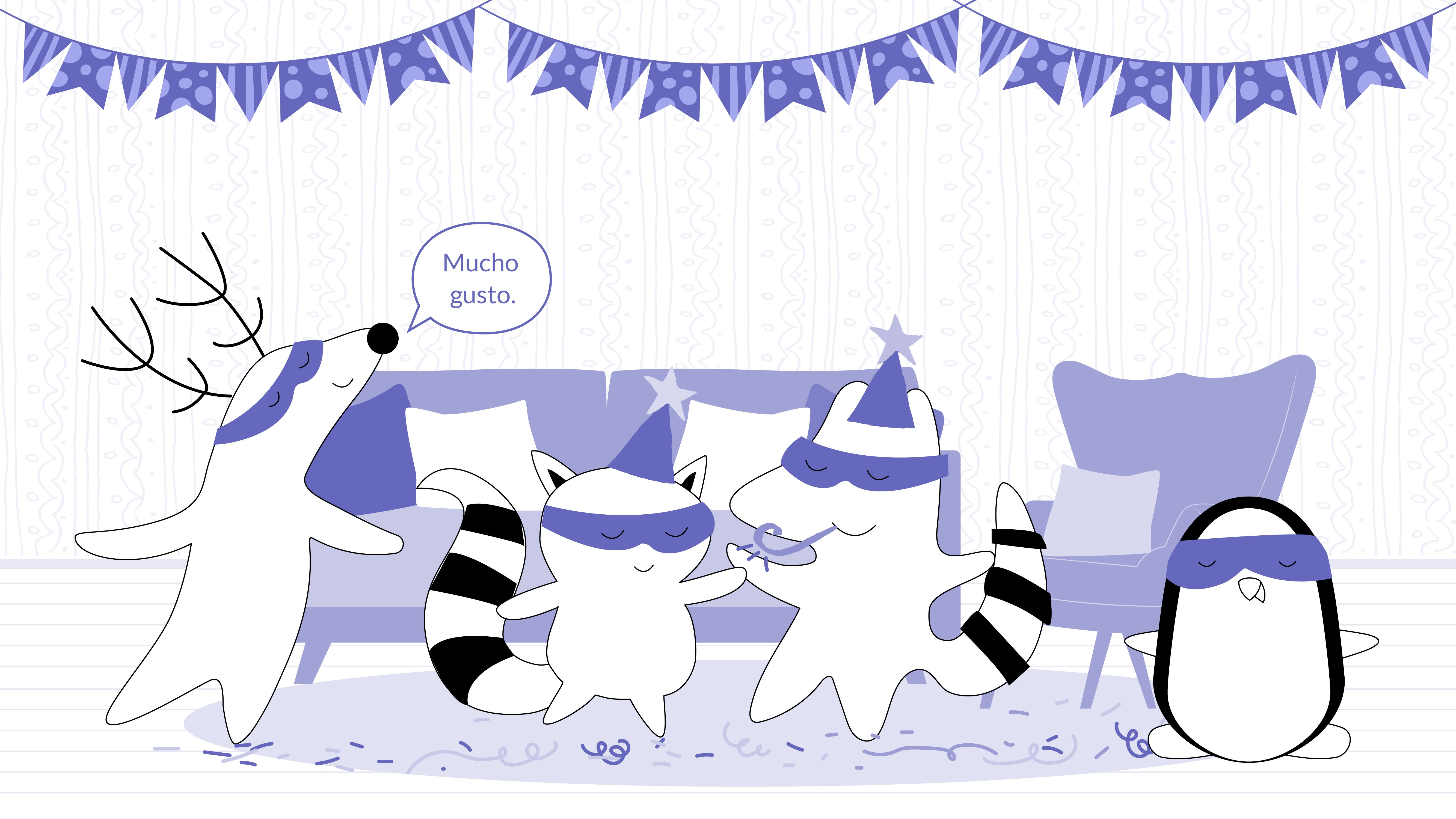
Networking Event
You are attending a networking event where professionals from various industries gather to connect and build relationships.
Spanish
English
Hola, mucho gusto. ¿En qué sector trabajas?
Hello, nice to meet you. What industry do you work in?
Mucho gusto también. Trabajo en el sector financiero.
Nice to meet you too. I work in the financial sector.
Overall, mucho gusto can be used in both formal and informal situations when meeting someone for the first time. Its versatility allows you to adapt to different contexts, conveying politeness, enthusiasm, and a pleasant introduction.
Encantado/a (Delighted/Pleased)
Encantado/a is another phrase used to express being delighted or pleased to meet someone. It agrees in gender with the person speaking. Men use encantado, while women use encantada. This phrase is considered more formal compared to mucho gusto.
For instance, you can say Encantada de conocerte (Delighted/Pleased to meet you) when introducing yourself.
Business Meeting
Imagine you're attending a professional conference, and you're introduced to a potential client or business partner.
Spanish
English
Permíteme presentarte a nuestro director de ventas, Juan García.
Allow me to introduce you to our sales director, Juan García.
Encantado de conocerte, Juan. Soy María López, la directora de marketing de nuestra empresa.
Nice to meet you, Juan. I'm María López, the marketing director of our company.
Travel Encounter
While traveling, you strike up a conversation with a fellow traveler.
Spanish
English
Disculpa, ¿sabes cómo llegar a la plaza principal?
Excuse me, do you know how to get to the main square?
Claro, conozco el camino. Encantado de conocerte, por cierto. Estoy de vacaciones aquí.
Of course, I know the way. Nice to meet you, by the way. I'm on vacation here.
Es un placer (It's a pleasure)
Es un placer or fue un placer is a phrase that conveys that it is a pleasure to meet someone. It can be used in both formal and informal situations to show your appreciation in meeting the other person.
For instance, you can say Es un placer conocerte (It's a pleasure to meet you) to express your sentiments.
Formal Introduction
Spanish
English
Mucho gusto, soy María.
Nice to meet you, I am María.
Es un placer conocerla, María.
It's a pleasure to meet you, María.
In this context, es un placer is used to express formal politeness and convey respect when meeting someone for the first time.
Expressing Gratitude
Spanish
English
Gracias por tu ayuda con el proyecto.
Thank you for helping with the project.
No hay problema, es un placer.
No problem, it's a pleasure to help.
Here, es un placer is used to express gratitude and convey that helping is enjoyable and fulfilling.
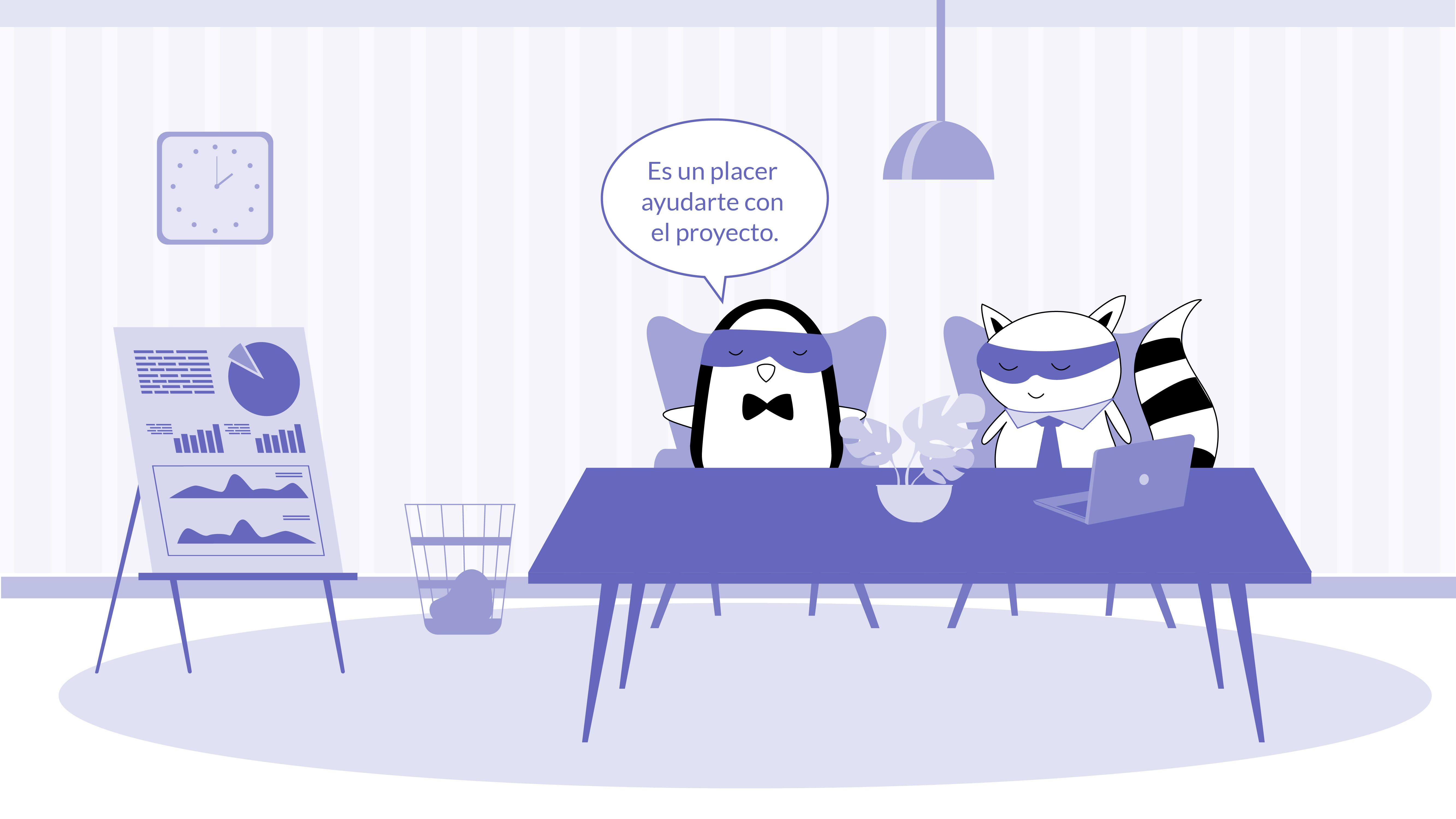
Gusto en conocerte (Pleasure to meet you)
Gusto en conocerte directly translates to "Pleasure to meet you." It is a phrase used in both formal and informal settings. By using this phrase, you are explicitly expressing that it is a pleasure to meet the other person.
You can say Gusto en conocerte, ¿cómo te llamas? (Pleasure to meet you, what's your name?) to initiate a conversation.
Formal Introduction
Spanish
English
¡Hola! Mucho gusto, soy María.
Hi! Nice to meet you, I am María.
Gusto en conocerte, María.
Nice to meet you, María.
In this context, gusto en conocerte is used as a response to a formal introduction. It conveys politeness and expresses the pleasure of meeting someone for the first time.
Casual Introduction
Spanish
English
¿Hola, cómo te llamas?
Hi, what's your name?
Soy Juan, gusto en conocerte.
I'm Juan, nice to meet you.
Here, gusto en conocerte is used in a more casual setting. It indicates a friendly and informal introduction, expressing pleasure in meeting the other person.
The Bottom Line
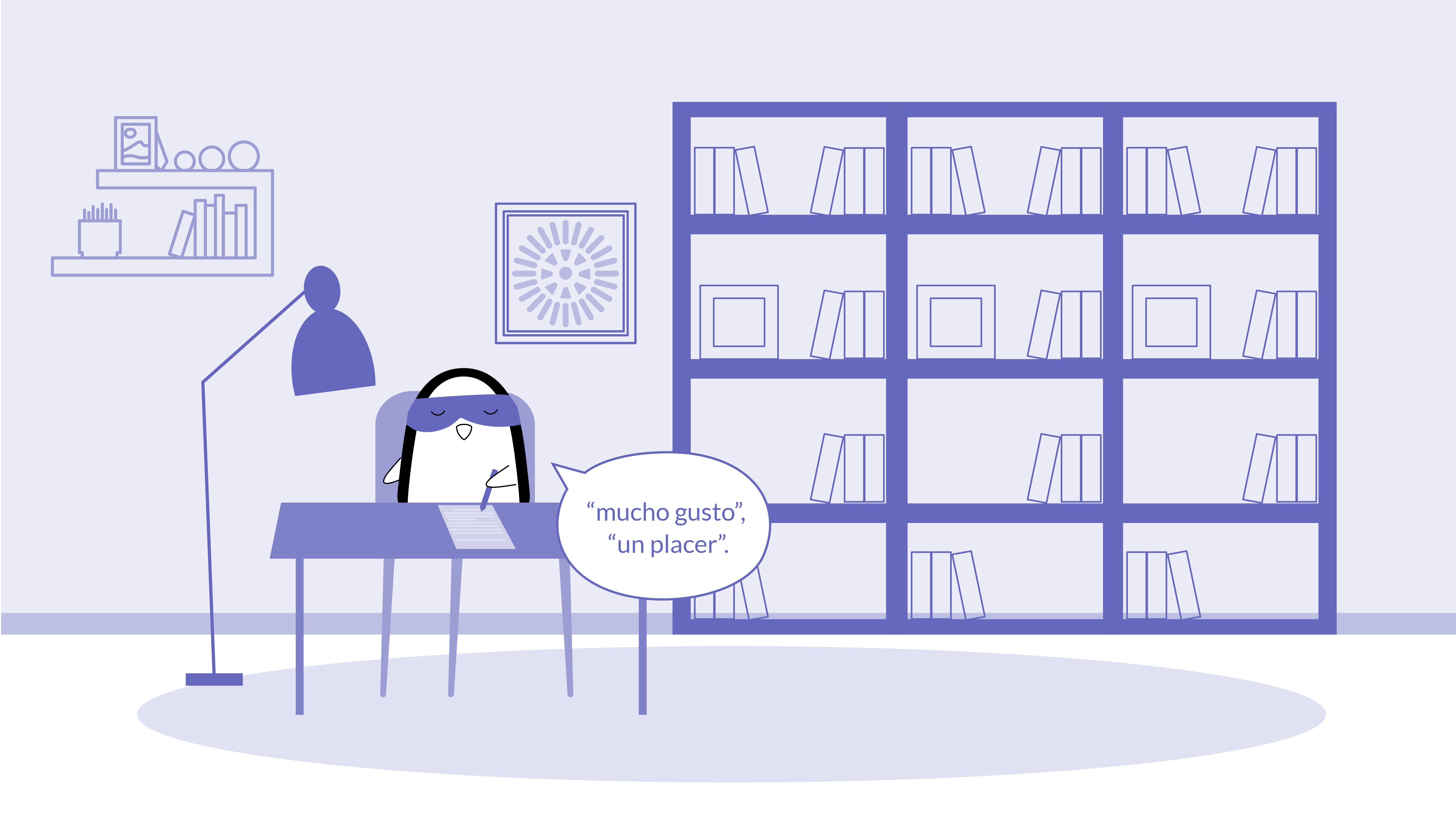
Mastering greetings and expressions of politeness is essential when learning a new language. In Spanish, greeting someone appropriately and expressing "Nice to Meet You" establishes a positive connection from the start, helping you make new friends and acquaintances no matter where you are.
By incorporating these phrases into conversation, you will enhance your language skills and demonstrate respect and cultural understanding.
Practice using these phrases regularly with the help of apps like Langster, and you'll be confidently greeting and engaging with Spanish speakers in no time. ¡Mucho gusto!
Learn Spanish with Langster







